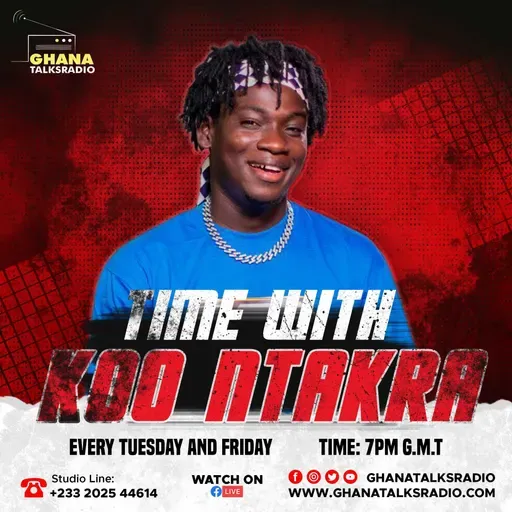
. Series:
A series is a set of related content (episodes, installments) that are released sequentially, typically over a period of time. Series can span various genres and mediums, including television, film, online video, podcasts, and even literature.
Key Characteristics of a Series:
• Episodic Structure: A series is divided into multiple episodes or installments, each with a beginning, middle, and end. While each episode often has a self-contained story or theme, there's also an overarching narrative or continuity that connects the episodes together.
• Continuity: A series typically features recurring characters, settings, and storylines that evolve over time. This continuity creates a sense of investment and engagement for the audience.
• Regular Release Schedule: Series are usually released on a regular schedule (e.g., weekly, monthly) to maintain audience interest and build anticipation for new episodes.
• Long-Form Content: Series are generally longer than skits, with episodes ranging from a few minutes to an hour or more.
• Character Development: Series often focus on developing characters over time, exploring their motivations, relationships, and personal growth.
• World-Building: Some series create elaborate and immersive worlds that enhance the storytelling experience.
Examples of Series:
• Television Series: Game of Thrones, The Crown, Stranger Things, The Office
• Web Series: High Maintenance, Broad City, Drunk History
• Podcast Series: Serial, S-Town, The Daily
• Book Series: Harry Potter, The Lord of the Rings, The Hunger Games
II. Skit:
A skit is a short, comedic scene or vignette, typically performed as part of a larger show or compilation. Skits are often self-contained and rely on humor, satire, or parody to entertain the audience.
Key Characteristics of a Skit:
• Short Length: Skits are typically very short, ranging from a few seconds to a few minutes in length.
• Comedic Focus: The primary goal of a skit is to be funny.
• Self-Contained: Skits usually have a clear beginning, middle, and end within their short duration. They often don't rely on prior knowledge or context from other skits.
• Simple Setup: Skits often feature a simple setup and a quick punchline.
• Exaggeration and Absurdity: Skits often rely on exaggeration, absurdity, and physical comedy to create humor.
• Character Stereotypes: Skits sometimes use stereotypical characters for comedic effect.
• Variety Show Format: Skits are often performed as part of a larger variety show or sketch comedy show.
Examples of Skits:
• Saturday Night Live (SNL) Skits: Many famous SNL sketches, such as "More Cowbell" or "The French Waiter," are classic examples of skits.
• Key & Peele Skits: "Substitute Teacher," "East/West College Bowl"
• Monty Python Skits: "Dead Parrot Sketch," "The Spanish Inquisition"
• YouTube Skits: Many YouTube comedians create short skits on various topics.
III. Comparison: Series vs. Skit
| Length | Longer (episodes from minutes to hours) | Shorter (seconds to a few minutes) |
| Structure | Episodic, with overarching narrative | Self-contained, often one-off scene |
| Continuity | Recurring characters, settings, storylines | Typically no continuity |
| Purpose | To tell a longer story, develop characters | To deliver a quick comedic punch |
| Audience | Requires sustained engagement | Requires immediate attention and payoff |
| Character Dev. | significance ant character development | Minimal character development |
| Release | Regular schedule | Can be released individually or as part of a compilation |
IV. Skits Within Series:
It's important to note that skits can sometimes be incorporated into series. For example:
• Sketch Comedy Series: A sketch comedy series like Saturday Night Live or The Kids in the Hall is structured around a collection of individual skits, often with recurring characters or themes.
• Series with Occasional Skits: A traditional series might occasionally incorporate a skit-like scene for comedic relief or to break up the narrative.
In summary:
Series are longer, more structured, and character-driven, while skits are short, comedic, and self-contained. Both formats offer unique opportunities for creators to tell stories and entertain audiences. Skits can exist as standalone pieces or be integrated into series to add variety and humor.